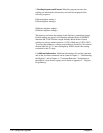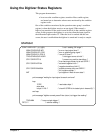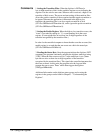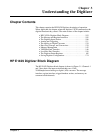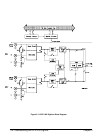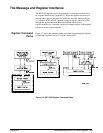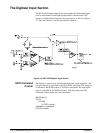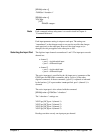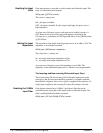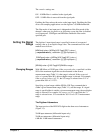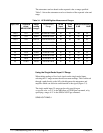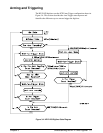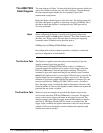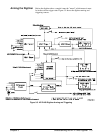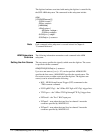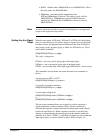
Enabling the Input
Ports
Each input port has a relay that is used to enable and disable the input. This
relay is controlled by the command:
INPut[<
port
>][:STATe] <
mode
>
The <mode > settings are:
ON - the input is enabled.
OFF - the input is disabled. For the single ended input, the port is set to a
high impedance.
At power-on or following a reset, each input port is enabled (<mode > is
ON). However, the port used for the measurement is specified by the
(@<input port >) parameter of CONFigure/MEASure, or by [SENSe[<chan
>]]:FUNCtion.
Setting the Input
Impedance
The impedance of the single-ended input port can be set to 50Ω or 75Ω. The
impedance is set with the command:
INPut[<
port
>]:IMPedance <
impedance
>
The <impedance > settings are:
50 - sets single ended input impedance to 50
Ω
75 - sets single ended input impedance to 75Ω
At power-on or following a reset, the impedance is set to 50
Ω. The
impedance of the differential input ports is 1 M
Ω and is not programmable.
The Inverting and Non-inverting Differential Input Ports
The non-inverting (HI) and inverting (LO) differential input ports can be
used singly (the non-used port should be grounded), or together such that
the difference (algebraic sum) of two signals is supplied to the digitizer. If a
single input is applied to the inverting (LO) port, the reading is inverted.
Enabling the 10 MHz
Input Filter
Each digitizer channel has a 10 MHz, 2-pole bessel filter that can be
switched into the signal path of the single-ended or differential input. The
filter is enabled/disabled with the command:
INPut[<
port
>]:FILTer[:LPASs][:STATe] <
mode
>
108 Understandin
g
the HP E1429 Di
g
itizer Chapter 3



